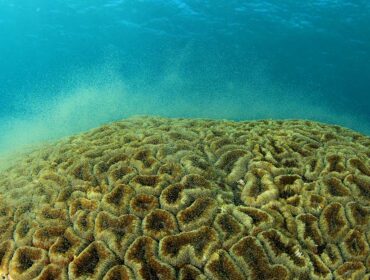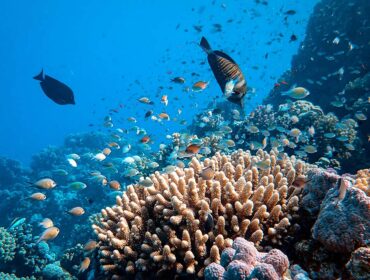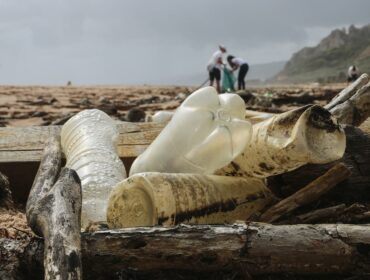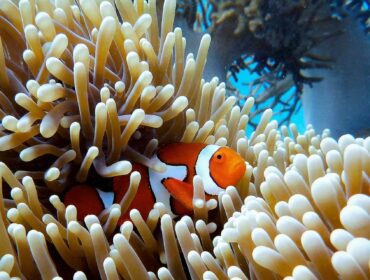All ecosystems are important, but few harbor the lavish abundance of wildlife found in estuaries. These complex natural networks combine elements from salty seas and freshwater rivers to create delicate environments so necessary that many species cannot survive without them. These amazing systems are easily classed as underwater rainforests when it comes to their profusion of marine life, but they also help to support human life. Healthy estuaries reduce erosion, sift pollutants from the water, and provide natural defenses against storm surges, floods, and hurricanes. Let’s take a look at just a few types of estuary marine life.
Life on the Floor
The easiest way to assess the health of an estuary is to begin with the marine life at the very bottom of the system. Phytoplankton are critical building blocks in this ecosystem, providing food sources for many other organisms as they enter and exit the environment with the changing of the tides. As sedimentary material moves and settles in the mudflats on the edges of the estuary, worms, snails, mussels, clams, and spiny lobsters thrive on a ready source of disintegrating matter. Just as they are on the seashore, crabs are ever-present opportunists ready to take advantage of almost anything they can grasp with their claws.
Birds
Migratory birds rely on estuaries as places to stop, rest, and refuel as they travel with the seasons, but many bird species inhabit these environments year-round. Egrets and herons are common fixtures along the estuary’s marsh edges.
Fishes
Fish species that feed in the shallows are always at home in estuaries, and many depend on these systems as safe havens for their vulnerable fry. Flounders, catfish, mullet, and grouper are frequent visitors. Some North American estuaries are also used by salmon as they pause to get acclimated between freshwater bodies and the ocean.
Mammals
Estuaries also host mammals along their beaches. Otters nurse their young in the shallow waters; estuaries in some parts of the U.S. are also visited by seals and sea lions. Terrestrial animals such as raccoons, skunks, and opossums patrol the shoreline for crustaceans and bird or turtle eggs.





